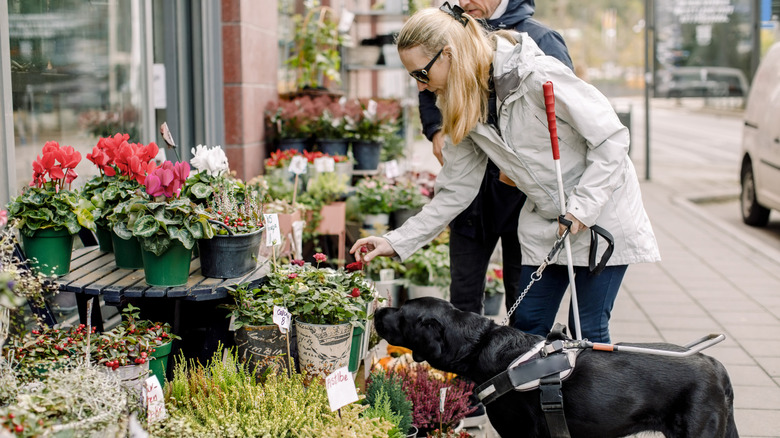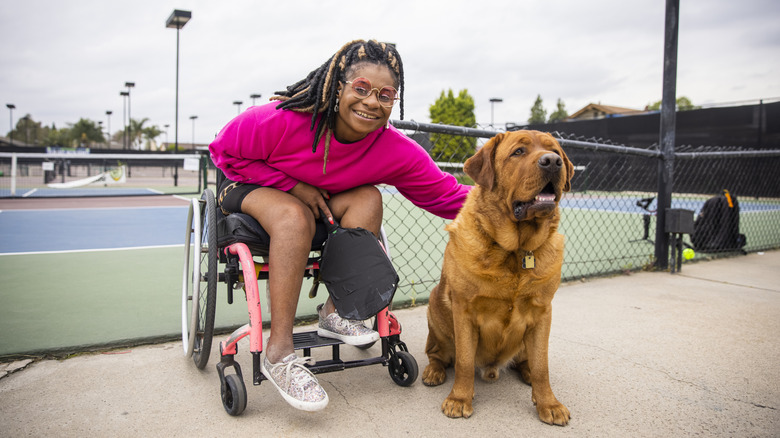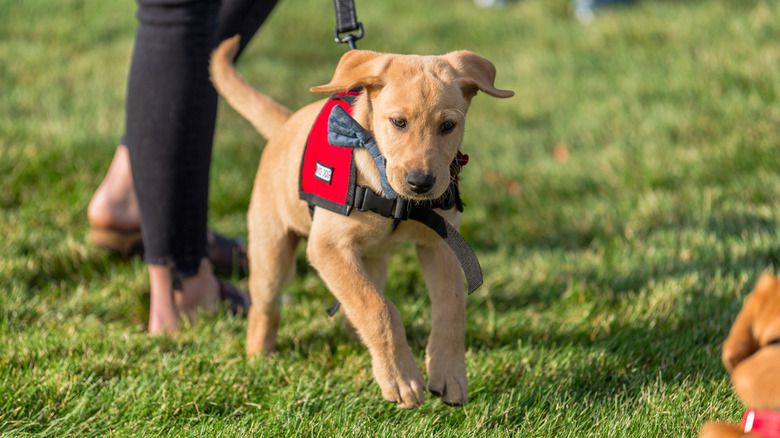Science Reveals How Service Dogs Are Ushering In A New Era Of Domestication
For tens of thousands of years, dogs have played a pivotal role in human history. From their beginnings as scavengers near human settlements to becoming essential partners in hunting and guarding, they evolved alongside us. Early humans selected wolves that were less aggressive and more tolerant, gradually giving rise to the friendly, trainable species we know today.
As our world has shifted, so too have the expectations we place on our furry companions. The move from sprawling farms and open fields to compact urban environments has challenged canines to adapt. In an exploration by The Atlantic titled "Dogs Are Entering a New Wave of Domestication," authors Brian Hare and Vanessa Woods propose that "humans need to breed and train more puppies like service animals" to better align canine behaviors with the demands of modern urban living. This transformation is presented as more than just an adaptation to contemporary pressures: it is framed as early signs of the "third wave" of domestication. Unlike previous eras that emphasized physical attributes or working capabilities, this new phase focuses on behavioral traits such as sociability, adaptability, and calmness, which are increasingly essential in today's human-centric environments.
At the forefront of this new chapter is the history of service dogs, whose advanced training, steady demeanor, and flexible nature exemplify how canines can thrive within the complexities of the human world. Their qualities are rooted in millennia of shared history and demonstrate the potential of a more deliberate, human-guided evolution in our relationship with people's best friend. As we embrace this third wave of domestication, service dogs offer a glimpse of what may lie ahead for canine companions everywhere.
How service dogs are leading the way
Service dogs offer a glimpse into the future of canine domestication. Unlike typical pets, they undergo rigorous training to align with modern human lifestyles, from remaining calm in crowded public spaces to performing specialized tasks like dogs who guide those living with visual impairments or alert authorities to medical emergencies. What sets them apart is their unique temperament, reinforced by heightened levels of oxytocin — a hormone linked to social bonding — documented by research such as that published in 2020 in Animal Behavior. This biological edge bolsters their ability to connect with humans and excel in roles requiring patience, trust, and intelligence.
Their training protocols further cultivate these traits by exposing them to diverse environments where noise, movement, and novelty are the norm. Through positive reinforcement techniques and early socialization, service dogs learn to remain unfazed under pressure. This careful shaping of behavior echoes the principles behind historic experiments, such as the Russian fox domestication study, where selecting for temperament led to rapid and profound changes (in just one decade), hinting at how purposeful breeding can accelerate a new wave of domestication.
Beyond their functional roles, service dogs model how calmness, friendliness, and adaptability could become essential qualities in future canine populations. Should breeders prioritize these behavioral traits over traditional physical attributes, we may witness a fundamental shift in the nature of dogs as we know them. In this way, service dogs not only meet the demands of our urbanized, human-centric lives but also illuminate a path toward a more deliberate, compassionate evolution in our relationship with our favorite floppy-eared friends.
What this means for you and your dog
The rise of service dogs as a model for modern canines carries lessons that extend well beyond their specialized roles. For everyday pet owners, the traits and training methods found in service dogs provide a roadmap for nurturing healthier relationships with their own animals. Central to this guidance are early socialization and positive reinforcement, strategies that help dogs adjust to varied environments, build confidence, and channel their energy into constructive behaviors rather than barking or chewing. Given that increase in dog ownership outpaces all other categories of pets, such considerations are particularly salient.
Adult dogs often suit urban living better than puppies, offering established temperaments and requiring less time-intensive training. Unless you have the time and patience to put in the work, puppies, for all their adorableness, may not be your best option. Beyond individual choices, the intentional cultivation of traits over aesthetics — current breeding practices focus on looks over other traits — can shape a canine population more attuned to the demands of modern life, mirroring the same principles that have guided the evolution of service dogs. As we move further into this third wave of domestication, service dogs show the way toward stronger, more meaningful human-canine bonds.


